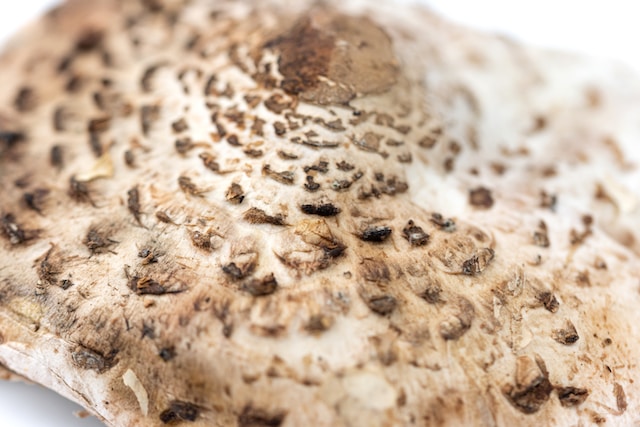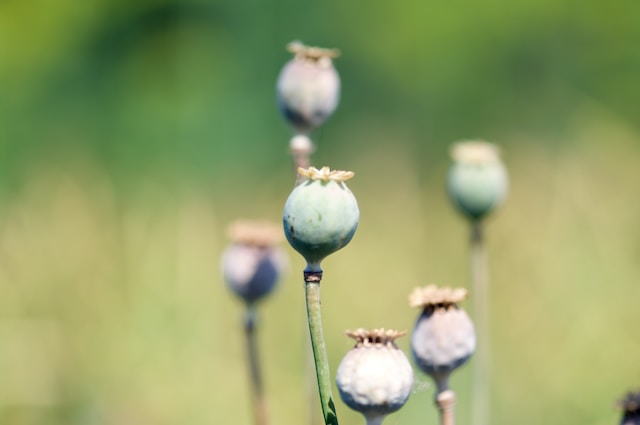Foraging for Flavor: A Guide to Wild Edible Plants
Nature’s pantry is teeming with delicious treasures waiting to be discovered. Foraging for wild edible plants is an ancient practice that reconnects us with the earth’s bounty while offering an exciting culinary adventure. In this blog post, we will delve into the captivating world of foraging, sharing tips on identifying, harvesting, and cooking with edible wild plants. As we embark on this journey, we’ll also emphasize the importance of responsible foraging to ensure the sustainability of these natural resources.
The Art of Foraging: Getting Started
Before you set out on your foraging adventure, it’s essential to familiarize yourself with the basics:
Safety First: Safety should be your top priority. Learn to identify poisonous plants and always be cautious when foraging. If in doubt, consult a local expert or guidebook.
Local Laws and Regulations: Be aware of local laws and regulations regarding foraging. Some areas may have restrictions or permits required for collecting wild plants.
Field Guides: Invest in reliable field guides specific to your region. These guides will help you identify edible plants and provide details on their culinary uses.
Plant Identification: Start with a few easy-to-identify plants, such as dandelions, plantains, or purslane. As you gain confidence, gradually expand your repertoire.
Sustainable Harvesting: Practice sustainable foraging by only taking what you need and leaving no trace. Avoid over-harvesting to ensure the plants can regenerate.
Edible Wild Plants: What to Look For
There’s a diverse array of edible wild plants waiting to be discovered. Here are some commonly foraged options:
Dandelion: The entire dandelion plant is edible, from its leaves to its flowers. Use dandelion greens in salads or sauté them. The flowers can be used to make dandelion wine or fritters.

Wild Garlic (Ramps): These aromatic leaves are a favourite among foragers. Use them in place of garlic or scallions in your recipes.
Stinging Nettles: Despite their stinging hairs, nettles are a nutritious and versatile green. Blanch or sauté them to neutralize the stingers.
Purslane: Purslane is a succulent green with a lemony flavour. It’s great in salads or as a nutritious addition to cooked dishes.
Chickweed: Chickweed has a mild, slightly sweet flavour and can be used in salads or as a garnish.
Wild Berries: Depending on your location, you may find wild berries like blackberries, raspberries, or blueberries. These can be used in various culinary applications, from jams to pies.
Cooking with Wild Edible Plants
Once you’ve successfully foraged for wild edible plants, it’s time to bring them into your kitchen:
Wash Thoroughly: Ensure you wash foraged plants thoroughly to remove any dirt or contaminants.
Use in Recipes: Incorporate foraged plants into your favourite recipes. For instance, dandelion greens can be used in salads, nettles in soups, and chickweed as a garnish.
Experiment: Be open to experimenting with flavours. Wild plants often have unique tastes that can add depth to your dishes.
Preservation: If you collect more than you can use immediately, consider drying or preserving the plants for later use.
Respect Nature: Always harvest responsibly. Never take more than you need, and avoid harming the ecosystem or damaging the plants.

Conclusion
Foraging for wild edible plants is a rewarding journey that connects you with nature’s flavours and provides a sense of self-sufficiency. However, responsible foraging is crucial to protect both the environment and the availability of these natural resources for future generations. As you explore the world of wild edibles, you’ll not only discover unique culinary delights but also develop a deeper appreciation for the natural world around you. Happy foraging!

